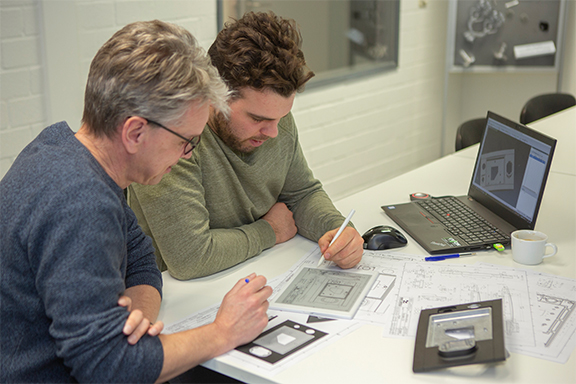Painting, anodising or galvanic treatment: a total solution with Pedeo quality assurance
For surface treatments, Pedeo works with local and reliable specialists, including coordination and quality assurance.
The goal? The best all-round solution for you.
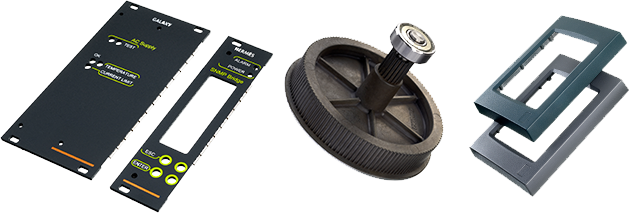
““Preselection of proven quality””
Hans De Croo, Sales Engineer at Pedeo, explains the role he and his colleagues play in this:
“Pedeo has a number of reliable local partners, specialists in their field with whom we have been working for years. We recommend the most suitable partner for each treatment. Call it a preselection of proven quality. Throughout the entire process, we provide advice and facilitate interaction between customer and supplier, in order to optimally coordinate the functional requirements of the design and the specific properties of the surface treatment. So it’s entirely in accordance with the philosophy of co-design.”
The quality of surface treatment is often difficult for a customer to assess. Hans explains: “On delivery, you can check whether the product meets the visual requirements, and you can verify the layer thickness and adhesion. But it’s hard to predict how the product will behave over time.
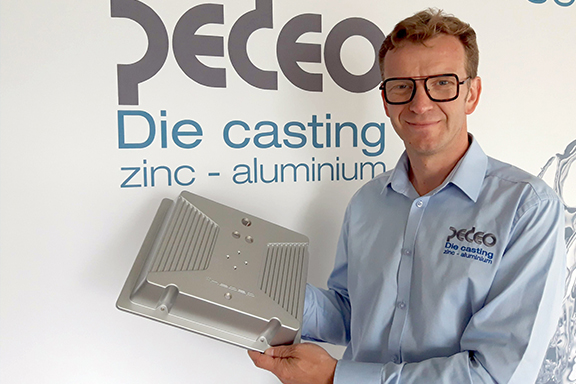
Coordination and verification
The coordination of the entire process offers you a significant added value, from the choice of supplier, to the definition of the specifications up to and including the execution. Hans: “Our customers are involved in the conceptual phase, but we take over the logistics organisation from them.”
The quality of the finished parts is checked in the measurement lab. A total solution with guaranteed quality, because Pedeo takes full responsibility for the final product.
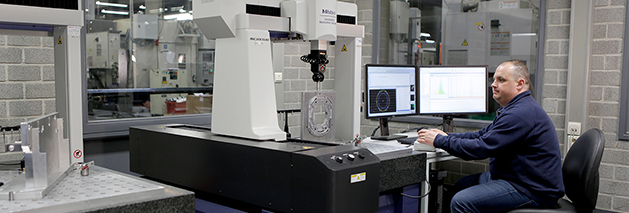
Commonly used surface treatments for high-pressure castings
A coating, chemical or galvanic treatment, or surface treatment always adds something extra to the already interesting properties of the base material.
Hans De Croo guides you through the different surface treatments.
1. Paints/coatings (possibly in combination with printing)
These provide an attractive visual appearance. Endless variations in colours, structures and gloss levels ensure a beautiful and high-quality finish to the high-pressure casting. Printing also comes into its own better on a painted surface.
The coating forms an extra layer on the surface, the thickness of which depends on the process and the type of paint. For the dimensioning, it is sometimes necessary to keep certain zones free of paint.
In painting/coating, we distinguish three main groups:
Wet paint: A very fine and detailed paint. It offers the highest quality appearance and the widest choice. Layer thicknesses: from 50 to 80 µm.
Powder coating: A more robust coating for parts that will withstand wind and weather. Depending on the application, you can choose an epoxy or polyester coating. Layer thicknesses: 80 to 120 µm.
Cataphoretic coating (KTL or E-coating): A glossy black coating with a limited layer thickness of 15 to 25 µm, often used in industrial applications, sometimes also in combination with powder coating. This coating increases corrosion resistance. The black colour and limited layer thickness of the cataphoresis process ensure better heat output, which is an added value in certain applications.
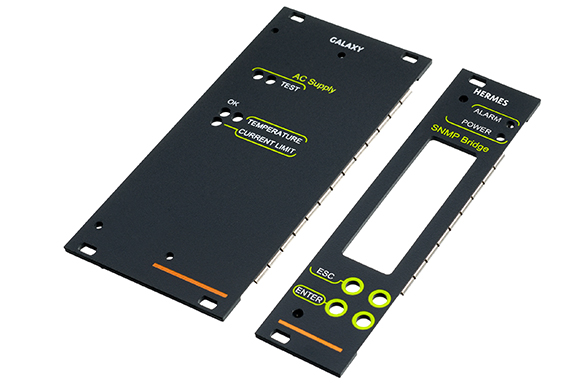
2. Anodising (only on aluminium)
When anodising, a dark oxide layer is formed on the surface of the high-pressure casting. This makes the surface harder, more durable and more resistant to corrosion. This oxide layer is very thin and has virtually no impact on the dimensions. This is a great advantage, because even after anodising, the critical dimensions are retained in this process.
3. Galvanic and chemical treatments: galvanising, nickel-plating, chrome-plating
Galvanic and chemical treatments add additional material such as copper, zinc, tin, nickel or chrome.
Depending on the material chosen, these treatments provide a glossy metal look and a luxurious appearance. There are also functional benefits. For example, a layer of nickel increases wear resistance and a layer of tin allows you to solder the part, which is necessary in certain electrotechnical applications. They all increase corrosion resistance to a greater or lesser extent.
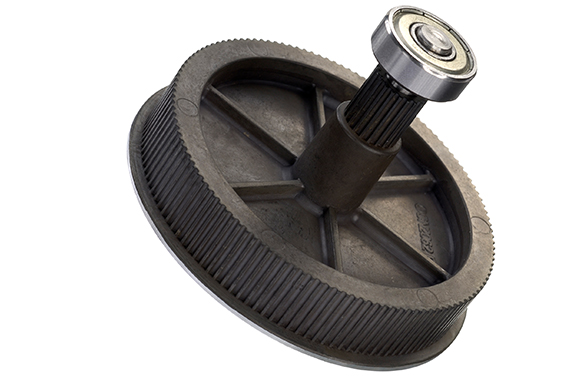
Best results thanks to co-design
You see, each of these treatments have their own typical applications and capabilities. The combination of our expertise in high-pressure casting and the knowledge and experience of our suppliers creates the optimal design.
A process of interaction, experience and consultation. A story of total solutions, co-design and unburdening.
Would you like to know more about the possibilities for your high-pressure castings?
We will be happy to discuss your queries on 15 and 16 September at the Materials – Eurofinish – Surface 2021 trade fair in ’s Hertogenbosch.
Register your entrance ticket now free of charge.